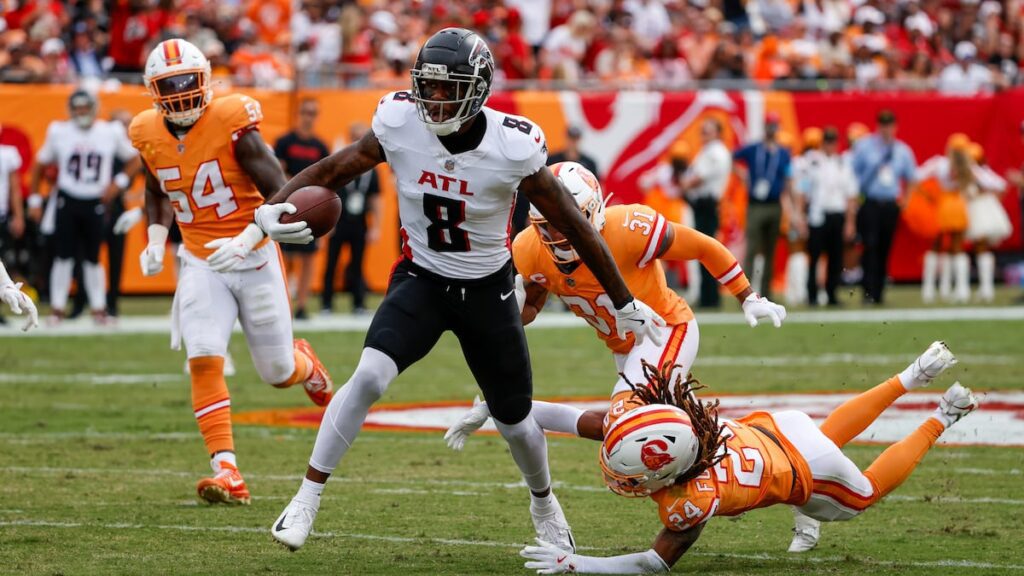The Tampa Bay Buccaneers’ defense has experienced a significant decline this season, transitioning from a top-10 unit last year to allowing an average of 26.6 points per game, ranking them 30th in the league.
This downturn has left many fans and analysts puzzled, prompting discussions about the underlying causes and potential solutions.
Factors Contributing to the Defensive Decline
- Personnel Changes and Injuries: The offseason saw the departure of key defensive players, including Shaq Barrett, which impacted the team’s pass-rushing capabilities. Additionally, injuries to vital starters have disrupted the defensive lineup, leading to inconsistencies in performance.
- Inconsistent Pass Rush: The Buccaneers have struggled to generate consistent pressure on opposing quarterbacks. In 2023, they ranked 18th in hurries and 24th in quarterback knockdowns, leading to a 21st ranking in overall pressure percentage. This lack of pressure has allowed quarterbacks ample time to exploit weaknesses in the secondary.
- Secondary Vulnerabilities: The team’s pass defense has been a significant concern, with the Buccaneers ranking 29th in pass yards allowed per game, conceding an average of 254 yards.This highlights issues in coverage and communication within the secondary, leading to big plays and sustained drives by opponents.
- Coaching and Scheme Adjustments: Head Coach Todd Bowles, known for his aggressive defensive schemes, has faced challenges in adapting to the current personnel. The lack of effective adjustments to counter opposing offenses has resulted in the defense being outmaneuvered in several games.
Potential Solutions and Path Forward
- Emphasizing Fundamentals: Focusing on tackling, coverage assignments, and communication can help reduce big plays and improve overall defensive cohesion.
- Strategic Adjustments: Reevaluating the defensive scheme to better align with the current roster’s strengths and weaknesses is crucial. This may involve incorporating more zone coverage or adjusting blitz packages to enhance effectiveness.
- Player Development and Acquisition: Investing in developing young talent and exploring free agency or trades to bolster the pass rush and secondary can provide immediate and long-term benefits.
- Leadership and Accountability: Establishing clear leadership within the defensive unit and fostering a culture of accountability can motivate players to perform at higher levels and work cohesively as a unit.
The Buccaneers’ defensive decline is a multifaceted issue requiring a comprehensive approach to address personnel, strategy, and execution. By implementing targeted solutions, the team can work towards regaining its defensive prowess and improving its overall performance.
#GoBucs #TampaBayDefense #NFLDefense #BucsNation #InBowlesWeTrust
FAQs
Q: What has been the primary issue with the Bucs’ defense this season?
A: Communication breakdowns and underwhelming individual performances have been key factors in the defensive struggles.
Q: How important is it for the Bucs to address these defensive issues moving forward?
A: Addressing these issues promptly is crucial for the team to improve their overall performance and remain competitive in the league.


